A father follows his son back to their ancestral homeland.
On March 10, 1970, when Kurboon Idliev was 23 years old, Soviet helicopters landed in the remote Yaghnob Valley in northwest Tajikistan and forcibly removed every person from their house. “They transferred us to the lower flatlands to work on cotton plantations. Those who resisted were killed,” he recalls now. It would be 47 years before he returned to the valley again.
Officially, the Soviet government claimed that the Yaghnobi kishlaks—the local term for rural hamlets typically consisting of three to ten families each—were unsafe due to the threat of avalanches. A more likely motivation was the growing need for manpower in the cotton fields and the forced assimilation of isolated minority groups into the Soviet cultural system. Whatever the reason, Yaghnobis were legally denied access to their homes for more than two decades.
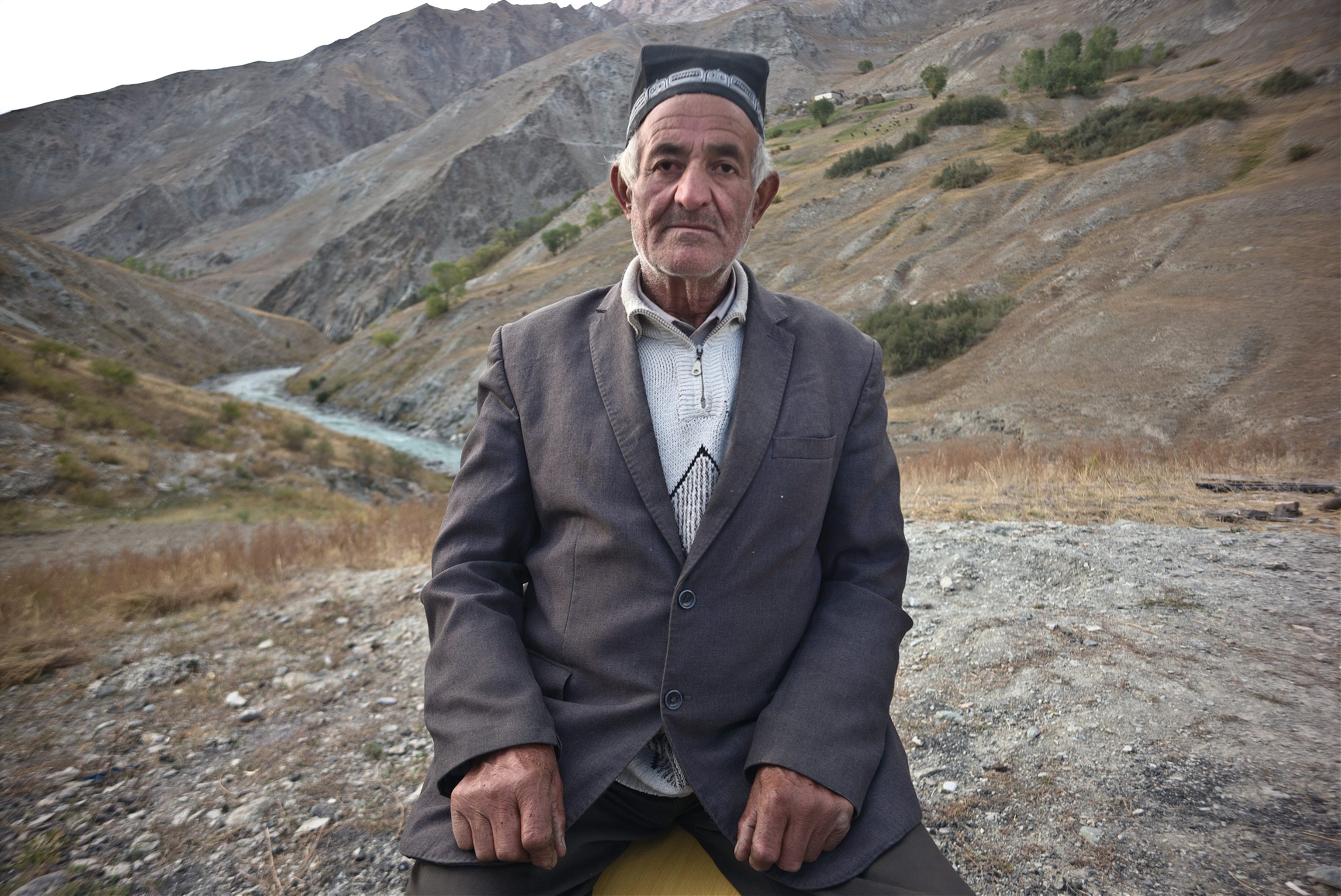
After the fall of the Soviet Union, when Tajikistan became independent, the valley was officially reopened for settlement and Yaghnobis legally permitted to return to their homeland, but a mere fraction went. Most, including Kurboon, remained in the lowlands, having long since adapted to their new conditions about 200 miles away. Kurboon might never have returned had his son, Islam, not been posted as a teacher in the valley, the only educator there with any form of higher education. “Before I was appointed a teacher in Yaghnob, I had never been there. The first day I arrived in Anzob, the last kishlak with access to road infrastructure during the winter, everything was covered in one meter of snow,” Islam says. “It was a cold January morning. I walked for 16 hours across mountain paths to reach the school carrying books and food supplies. I was exhausted when I reached the school.”
Kurboon didn’t make the journey to the valley until the occasion of Islam’s wedding in September to a young nurse—the only qualified medical practitioner in the valley—named Bibigul Huseynov, who had grown up in the village of Margeb, just outside the valley, and studied in Khujand, the second-largest city in Tajikistan. Though many of the guests spoke to one another in Yaghnobi, the local language, and some of the celebratory songs were sung in the language, most of the music, dancing, and speeches were made in Tajik. “We are proud of our Yaghnobi language and identity,” Kurboon told me when we met at Islam’s wedding, “but much has been lost.”
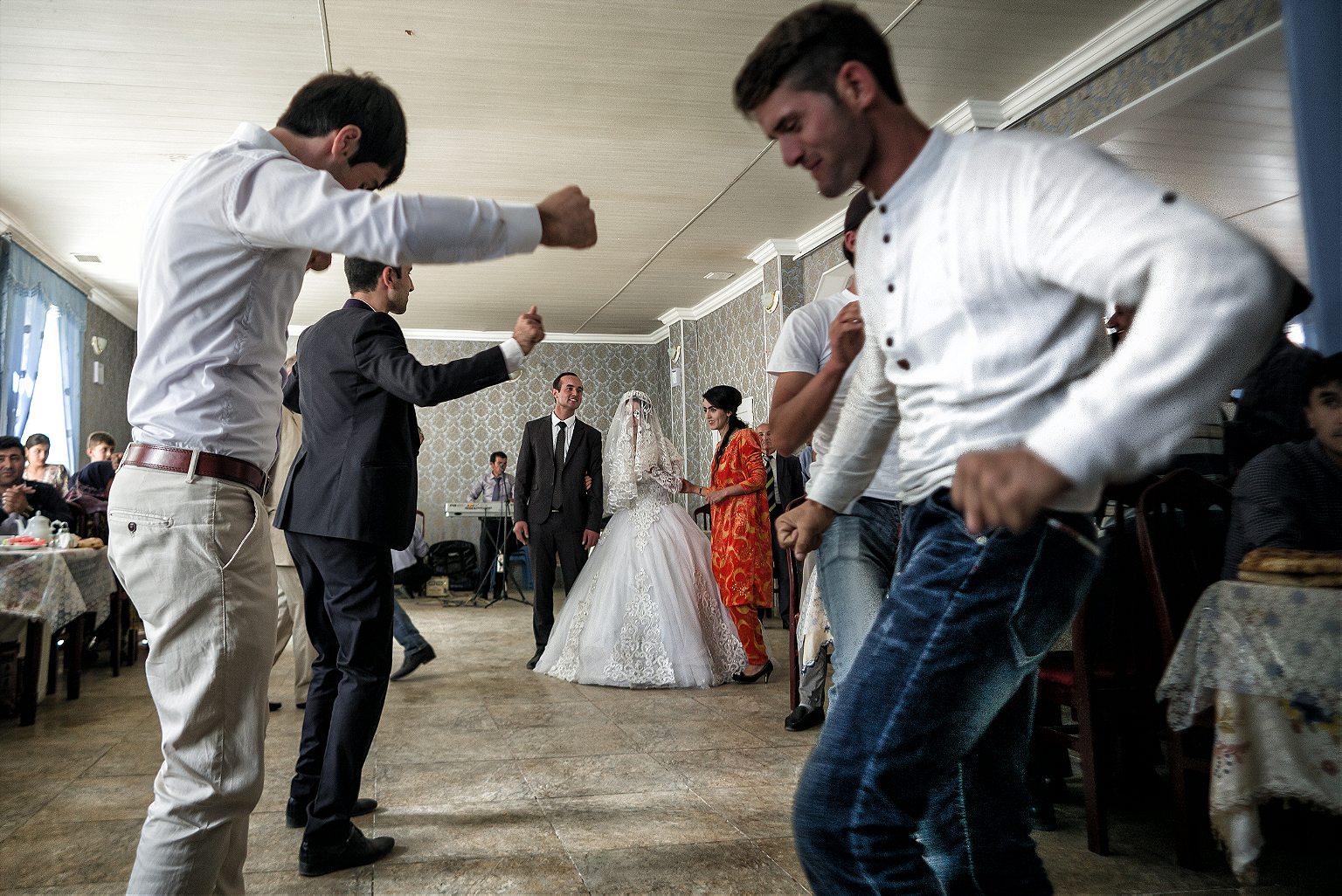
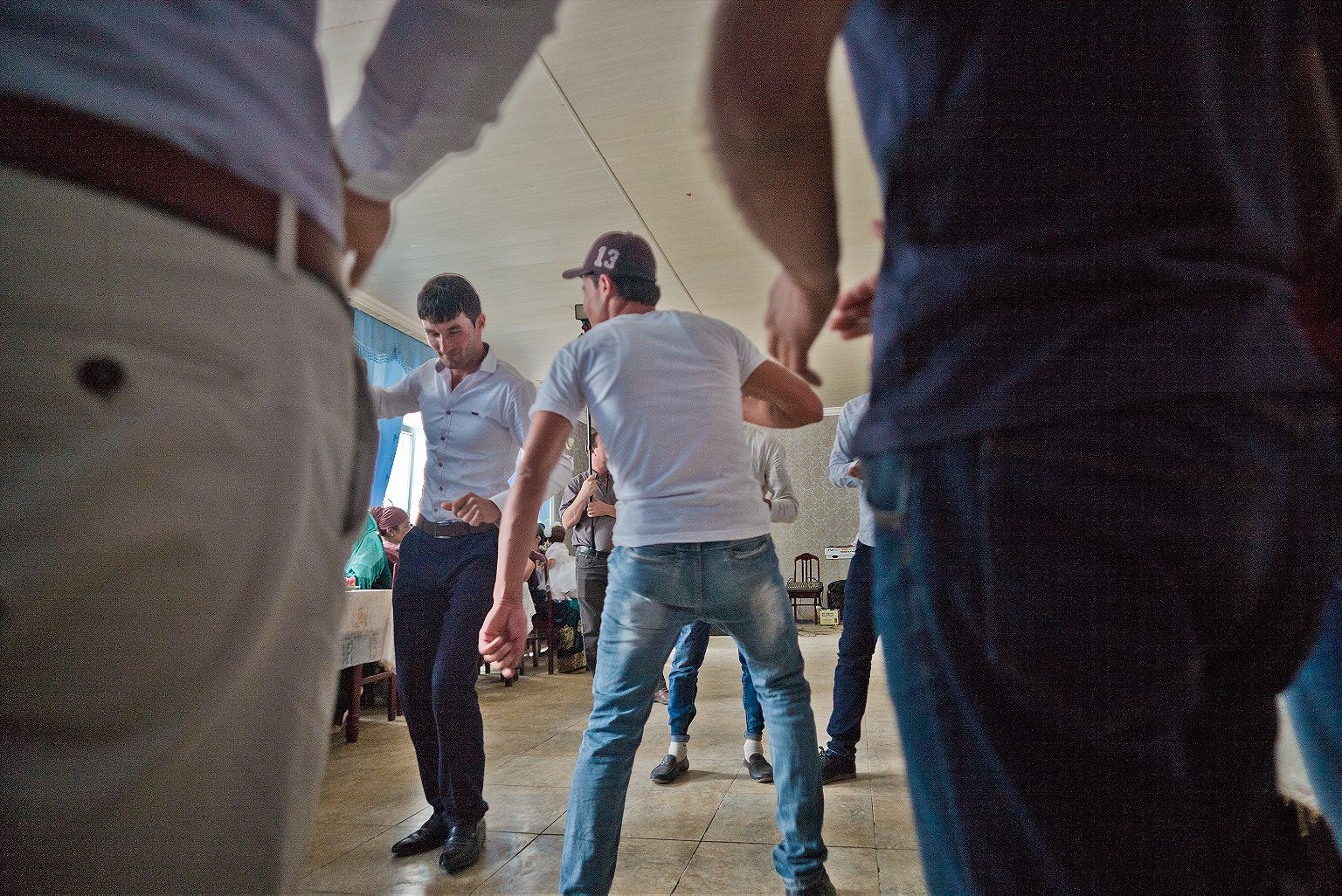
Situated in Sughd province in the northwest area of Tajikistan, between the Zarafshan and Gissar mountain ranges, the Yaghnob Valley sits between 8,000 and 10,000 feet above sea level. Peaks soar to nearly 17,000 feet on either side of the winding, turquoise Yaghnob River, some of them frozen throughout the year. Herds of sheep, led by shepherds from the kishlaks along the valley floor, graze in the highland meadows. The threat of wolves and bears is never far off. The main road linking the valley to the outside world winds through treacherous mountain passes, closed by snow and the constant risk of avalanche for about eight months a year. The 400 or so people who live in the valley today are, for the most part, completely isolated through the long, cold winters.
For centuries, that isolation allowed the Yaghnobi to preserve a culture with roots in ancient Sogdiana, a province of the 6th century B.C. Achaemenid Empire, which was centered around the great Silk Road cities of Bukhara and Samarkand in modern-day Uzbekistan. According to the Avesta, the primary collection of sacred texts for the Zoroastrian faith practiced under the Achaemenid Emperor Cyrus the Great, Sogdiana was the second-finest land made by the deity Ahura Mazda, preceded only by Iran-Vej, likely in the eastern part of modern Iran, where the prophet Zoroaster himself was born.
In the 4th century, Alexander the Great defeated the Achaemenids and invaded Sogdiana, taking the Sogdian princess Roxana as his bride. From the Greek invasion until the 8th-cenutry Arab conquest, Sogdiana was passed from empire to empire, a remote province of the Greco-Bactrian, Kushan, and Sasanian empires. With the arrival of Islam, the Sogdians, refusing to relinquish their Zoroastrian faith, fled to the Yaghnob Valley. Though today Yognabis are mostly Muslim, they still preserve certain traditions from their Zoroastrian past, including their unique language; the celebration of Navruz, the feast of spring; and a clutch of ancient superstitions, including prohibitions against blowing out a candle and shaking water off your hands after washing.
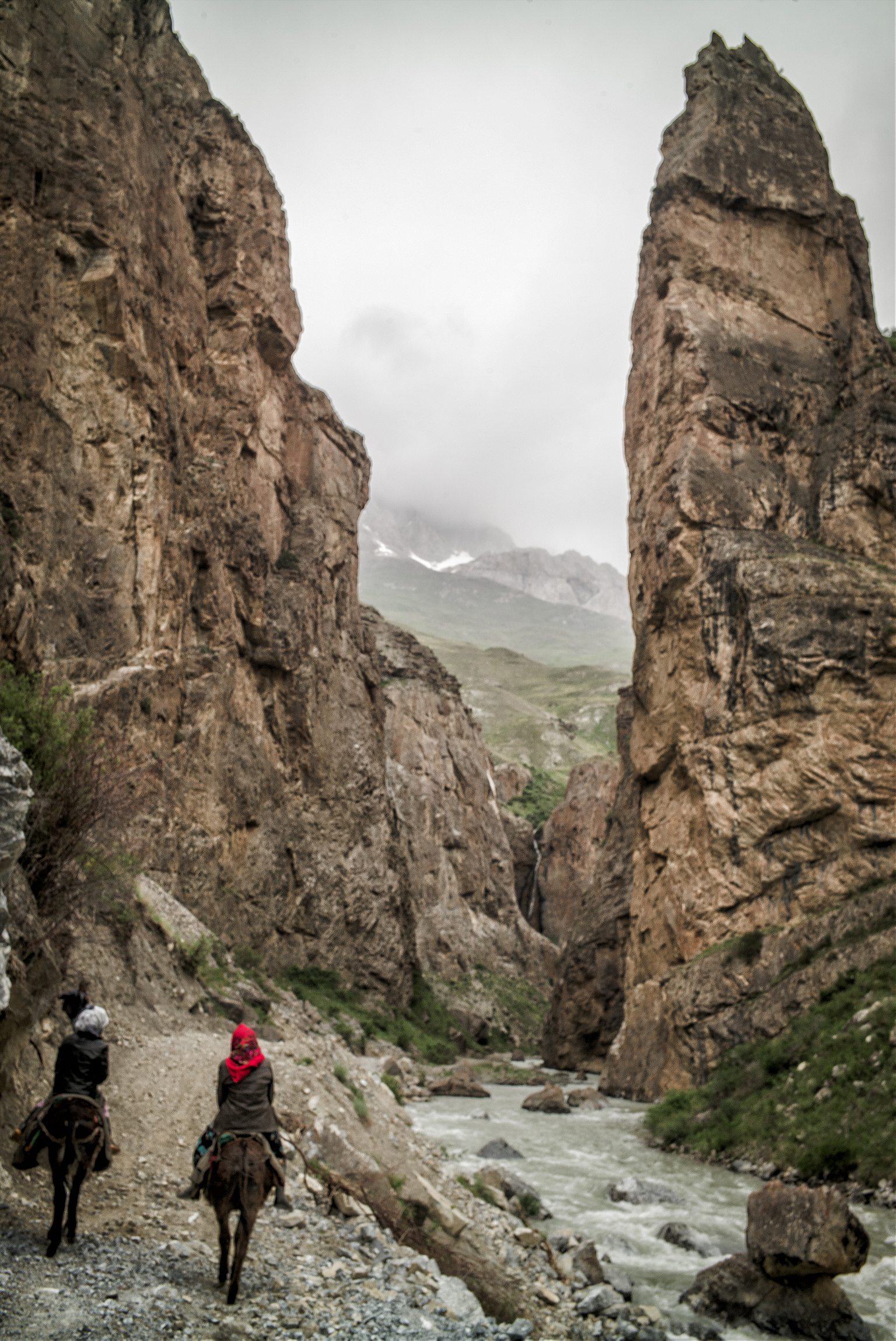
In 1870, the valley came under the control of the Russian Czar Alexander II, whose imperial program and desire for new cotton-growing lands led to the wholesale conquest of Central Asia in the late 19th century. Following the Bolshevik Revolution, Tajikistan and the other former emirates and khanates of the region were absorbed into the Soviet Union. Yet thanks to its relative isolation and difficulty of access, Yaghnob remained more or less autonomous—at least until that day in 1970 when Kurboon, his family, and everyone else in the valley were forced back to the lowlands that they had fled more than 1,000 years before.
Above all, I am happy that my father has returned home
In 1969, the valley was home to 3,000 people spread among 756 homesteads in 30 villages. Today, it’s home to just 409 people in 15 villages, including the 15 students who study at Islam Idliev’s school. The vast majority of Yaghnobis now live outside the valley, with the largest concentration—about 6,500 people—in the town of Zafarobod, some 100 miles to the southeast.
In the decades since their expulsion from the valley, a substantial number of Yaghnobis have also settled in the tranquil capital of Dushanbe, typically in ethnic enclaves where the Yaghnobi tongue remains the lingua franca, though all of them are also fluent in Tajik. And while many urbanized Yaghnobis return to the valley for vacation, few have any desire to return there permanently. “Living conditions in Yaghnob are difficult,” Sohibnazar, one of Islam’s uncles, told me. Hard work, harsh winters, and constant exposure to the risk of avalanche or attacks by wild animals outweigh the valley’s beauty. In Dushanbe, he continued, “I can provide security, education, and food for my family.”
The few families that live in the valley subsist mostly on shepherding and subsistence farming, the same livelihoods that have supported people on these productive alpine and subalpine pastures for centuries. Crops here are summer crops, with 90 percent of the land used for barley, peas, and wheat. Potatoes were introduced in the valley after WWII and now grow in every kishlak due to their high yield. Islam even grows his own on the grounds of the school.
Almost every family here owns a donkey, a cow and calves, and any number of sheep, ranging from just a few to flocks of several hundred. During the summer, hundreds of thousands of sheep arrive from the lowlands to graze, returning to the warmer lowlands when the winter comes. Sheep are sold or exchanged at market for rice, flour, and other staples, though the closest market, not far from Islam’s school, is 30 miles from Pskon, the most populous settlement in the valley, with 10 families.
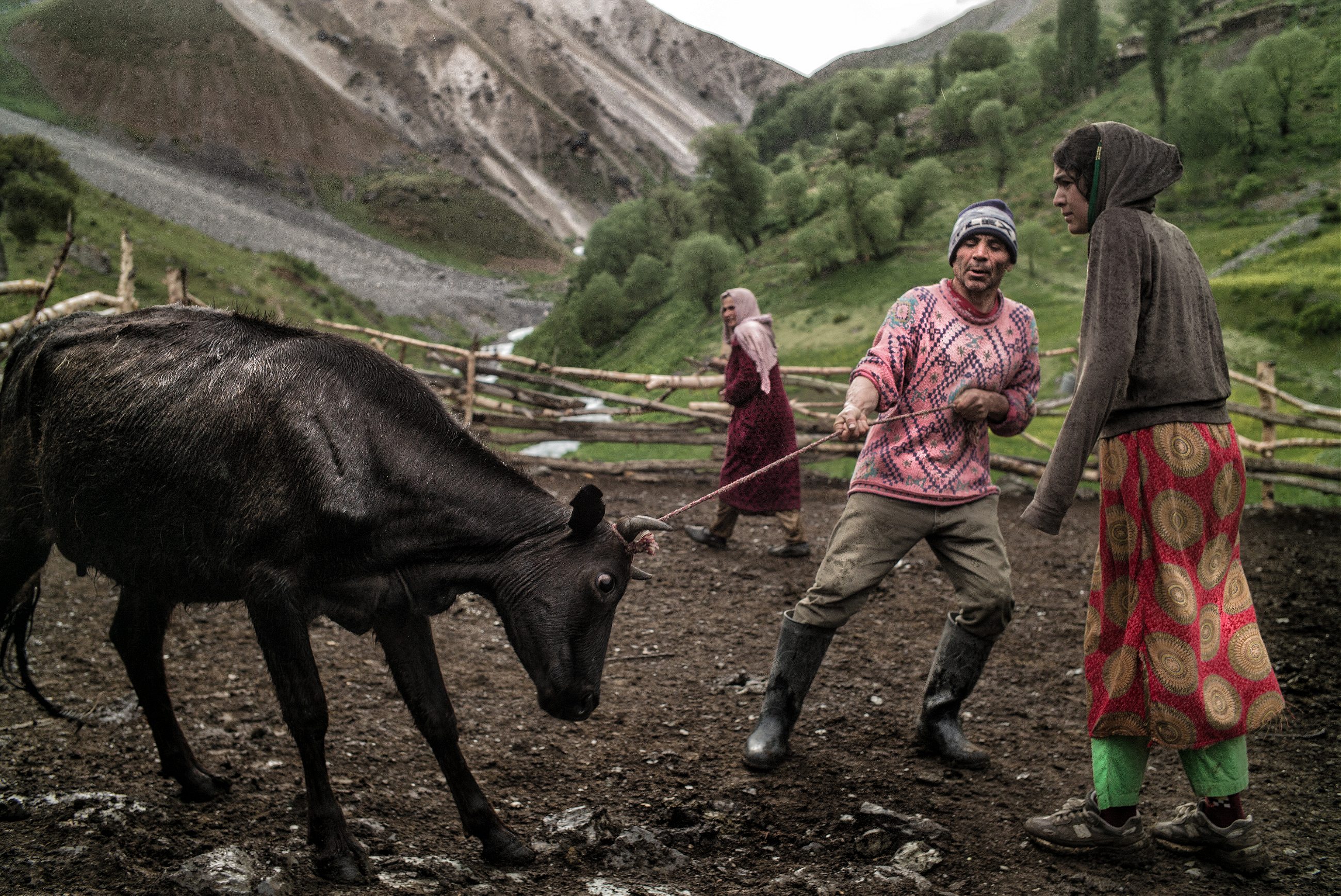
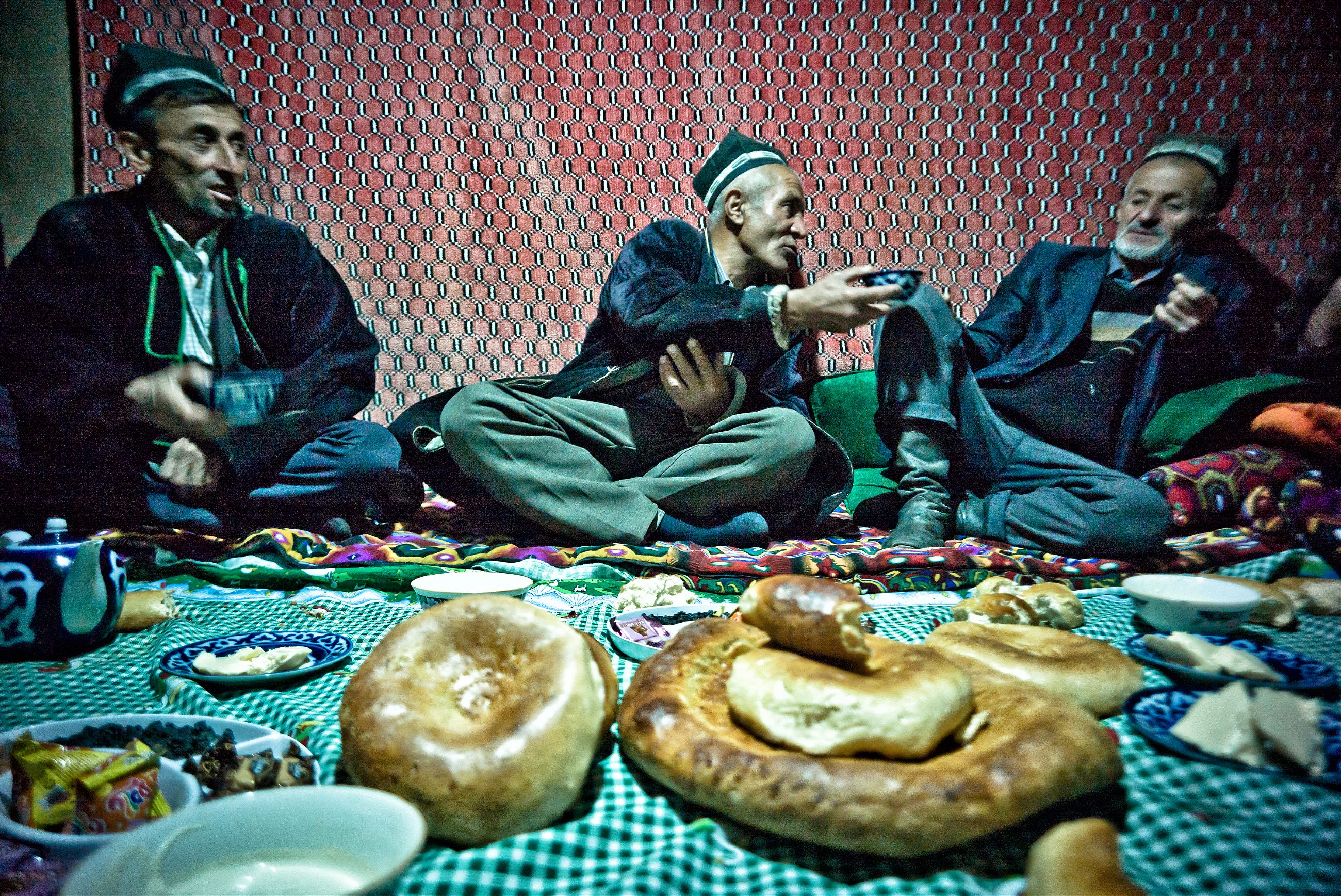
Though Tajikistan has been independent since 1991, the increase in Tajik economic activity since the 2000s created a whole host of significant challenges, including rapid inflation, which has affected the traditional barter economy of the hills. “Fifteen years ago, I used to be able to sell one sheep for three sacks of rice or flour. Now, I usually exchange them for only one sack,” said one shepherd in the valley. “Conditions are becoming more challenging for us.”
Since independence, the Tajik government has promoted national awareness of the country’s Sogdian heritage as an essential component of their national identity. As Tajik people develop a sense of nationhood, they have, for the most part, associated themselves with the Samanid Empire, the first Tajik-ruled state, which flourished in the 9th and 10th centuries and supported the revival of the Persian language. The Yaghnobi people, with their language and culture rooted in the distant Sogdian (i.e. ancient Persian) past, have become an important symbol of that heritage.
For Islam, bringing education to the valley is a way of supporting the survival of Yaghnobi and Sogdian cultural identity, a legacy that has survived centuries of imperial domination, if only barely. Were it not for people like Islam, Kurboon, and the other Yaghnobis who have returned home in recent decades, this culture might well have been lost already.
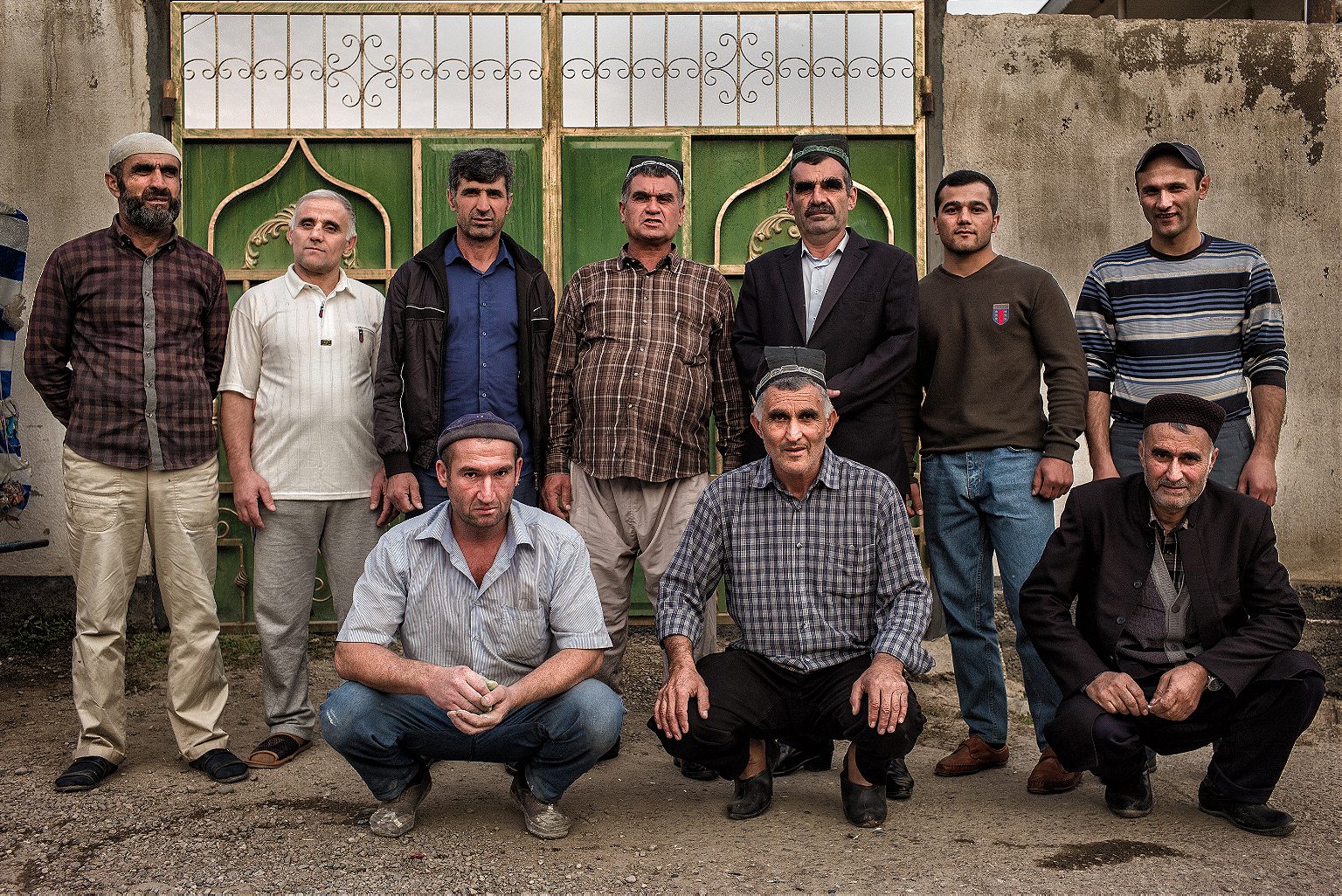
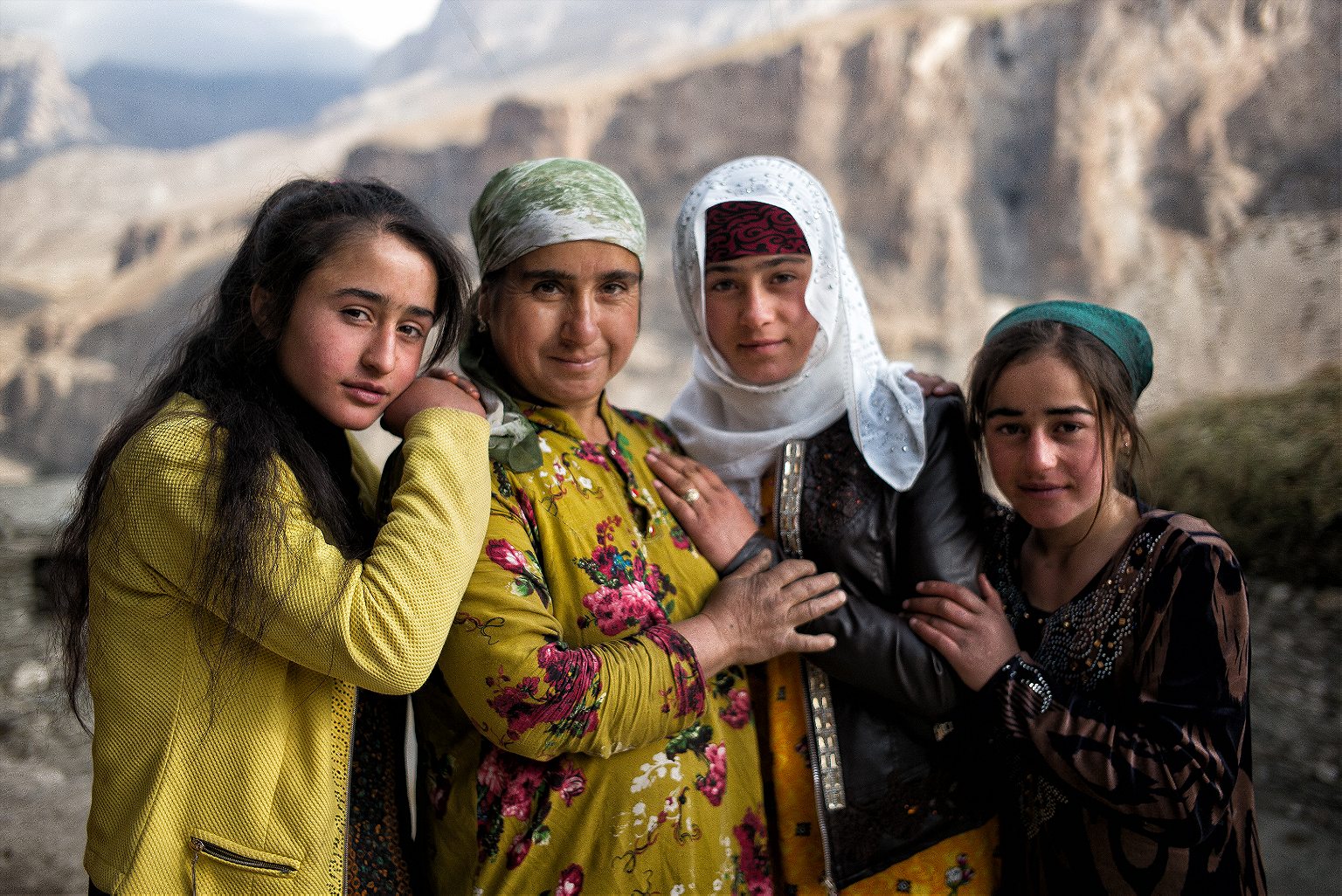
“I was very lucky my father spoke to me in Yaghnobi when I was a child. Without it I would have lost my roots and I would not have been able to come back here as a teacher,” Islam says. “But above all, I am happy that my father has returned home.”
When he moved back to the valley in September, Islam’s father, Kurboon, planted apricot and apple trees, a new feature for the landscape of his childhood. Neighbours are skeptical about Kurboon’s trees and their ability to make it through the long winters, but Kurboon is certain that they can grow healthy and strong. Yaghnob is, after all, a land of survivors.
